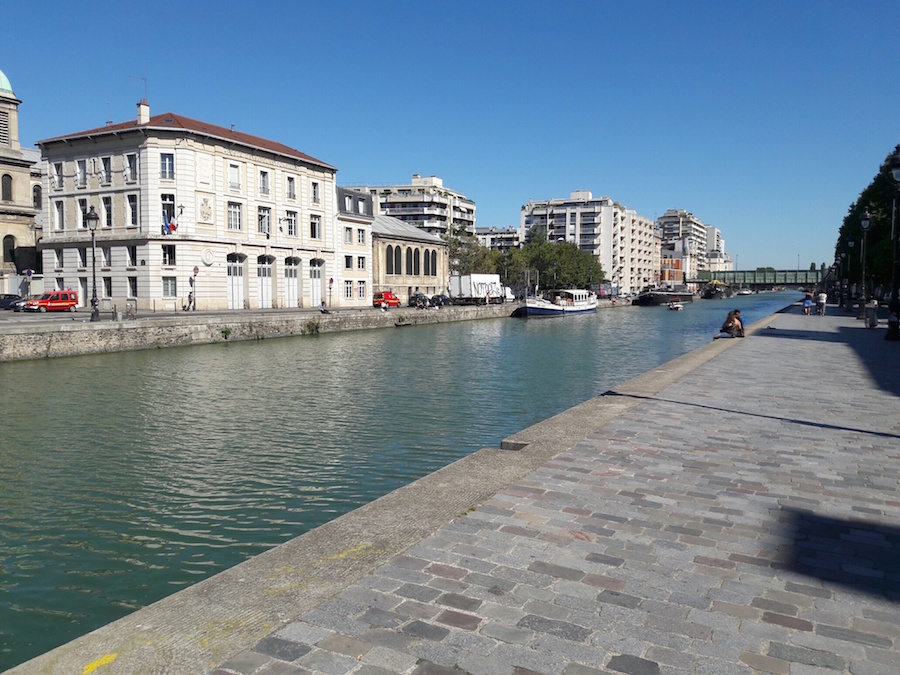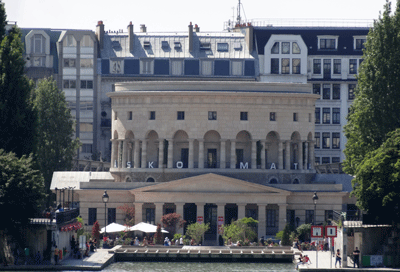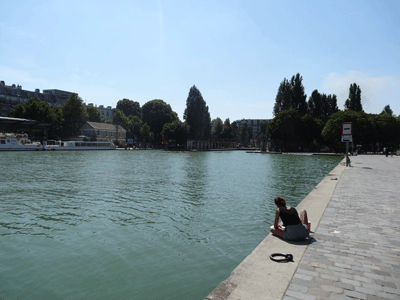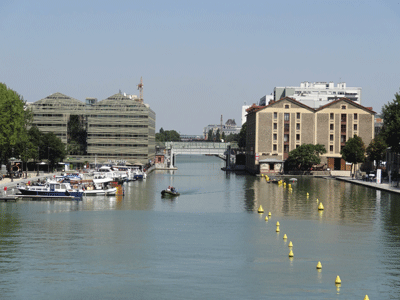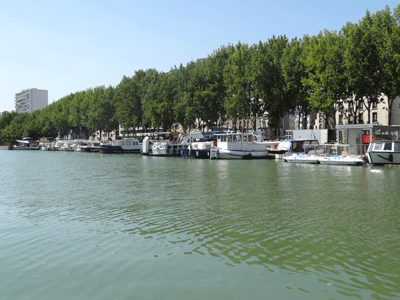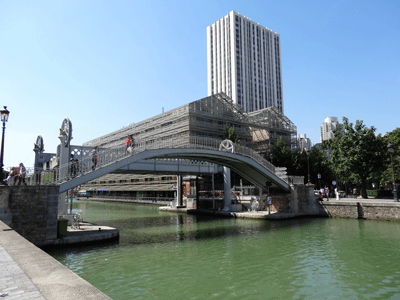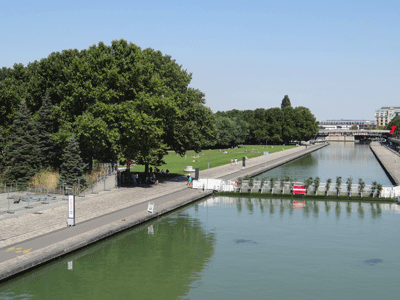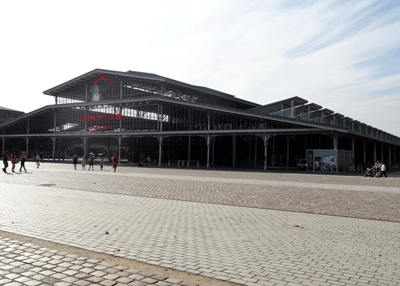THE WALK
District annexed to Paris in 1860 during the Haussmann works (which gave the city its present aspect) Villette was until the early 19th century a rural and agricultural area.
The construction of the Bassin de la Villette (1808), largest artificial lake in Paris, and the Canal Saint-Martin (1825) considerably changed the landscape of the area. Built to supply the city with drinking water and create a shipping route in addition to the Seine, the Villette knew a massive development.
Throughout this century, especially during the Haussmann works, le Villette welcomed working and immigrant population came to work in the huge gypsum quarries around the Buttes-Chaumont.
See also : la Butte Bergeyre
Become an important industrial and popular area, the activity of la Villette reached its peak between 1867 and 1967, with the creation of the slaughterhouse of La Villette, a huge cattle market became today the Parc de la Villette .
From Stalingrad to the park, this walking tour offers a route in this area in constant changing for 50 years. A real journey between Paris of yesterday and today …
THE ITINERARY
- Start of the walk at Stalingrad Metro (lines 2, 5, 7). Head to Place de la bataille de Stalingrad. You see in front of you an important building: the Rotonde de la Villette.
- This rotunda, formerly called « gate St. Martin » is one of the last remains of the « mur des fermiers généraux », wall that surrounded Paris from 1778 to 1860 to collect tax on goods entering the city. Built by the architect Claude Nicolas Ledoux, it was the guards offices.
- Head to the Bassin de la Villette. Largest artificial lake in Paris, it is 700 meters long and 70 meters wide. Inaugurated in 1808 by Napoleon Bonaparte, its primary function was to provide a supply of drinking water.
- Became then an important river port, the bassin is now once again the place of leisure it was at its beginning.
- Walk along the left bank of the bassin, Quai dee Seine, and go straight ahead as far as the first bridge you cross.
- Cross the bridge to reach the other bank, quai de la Loire. And enjoy the beautiful 360 ° panorama !
- Quai de la Loire, you can see on your left many boats moored. The “Stop de la Villette” is indeed the second marina in Paris, with the Port de l’Arsenal.
- The buildings in front of you are the former general stores, built between 1845 and 1853 and used to store goods (grain, oil and flour) in transit. Today it is a student residence depending on the Cité Internationale Universitaire.
- Behind the house, the bridge you cross is the last lift bridge in Paris, opened in 1885 and renovated in 2011.
- After a few hundred meters, you will notice that this part of the area canal is changing. This old industrial district will soon become a brand-new residencial neighborhood
- 30 quai de la Marne is nice a small house spared from the huge works. It was the house of the lock keeper.
- Continue ahead. You enter the Parc de la Villette.
- Built on the site of the old slaughterhouse of La Villette, the park is now one of the most beautiful and largest, green spaces of Paris. It is also an important Parisian cultural and artistic place since you will find there many museums (City of Science and Industry, Cité de la Musique) and concert halls (the Zenith, Cabaret Sauvage, the Trabendo).
- Throughout the year, especially in summer, the park also organizes events and outdoor concerts. In short, one of the liveliest places in Paris!
- Enjoy the park following the route of your choice. Just try to finish at the Grande Halle de la Villette. It would be to bad to miss it!
- Built between 1865 and 1867, the Grande Halle is the former cattle market.You can also see in front of it a pretty fountain, called the « fountain of Lions of Nubia ». Built in 1811 Place de la Republique, it had been moved here in 1867 and was used as a drinking trough.
End of the walk.

